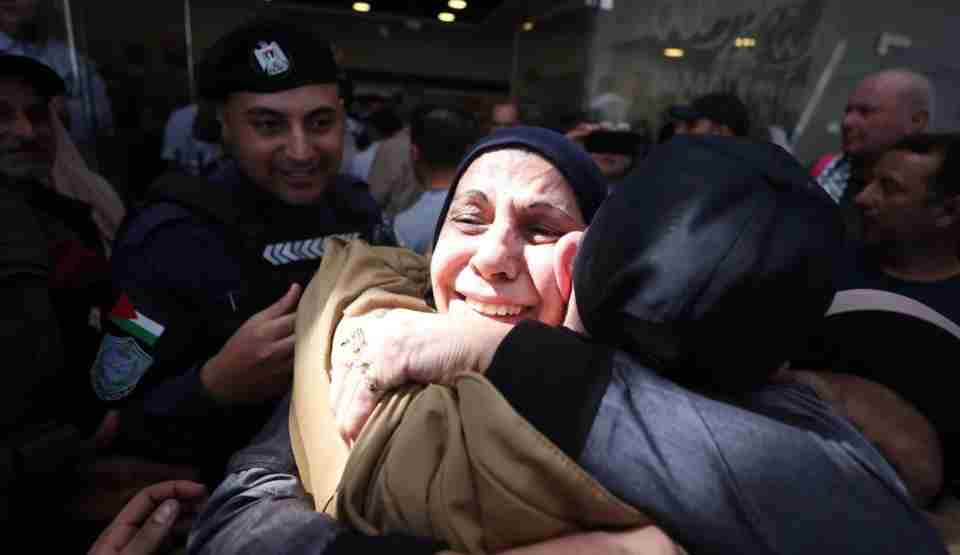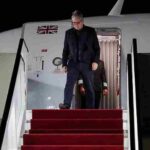In scenes that played out across Gaza and the occupied West Bank, the freed individuals were greeted by relatives who had waited months, and in some cases years, for this day.The ReleasedThe liberation encompassed approximately 1,950 Palestinians held in Israeli custody. Among them were roughly 250 prisoners who had been formally convicted through the Israeli judicial system. These individuals had been sentenced for what Israeli authorities classified as serious security offenses, including deadly attacks and acts of violence that had claimed Israeli lives. Their cases had gone through trial proceedings, resulting in lengthy prison sentences.The larger portion—about 1,700 individuals—came from Gaza and represented a different category entirely. These detainees had been held under administrative detention, a controversial practice that allows Israel to imprison people without formal charges or trial. Many had languished in detention centers with no clear timeline for release, their families left in agonizing uncertainty about their fate.The ArrivalThe scene in Ramallah was particularly poignant. As Red Cross buses pulled up to the designated release point, crowds that had gathered for hours erupted in a cacophony of celebration. The vehicles, marked with the distinctive red cross emblem, had become symbols of hope during the tense negotiations leading to this moment.When the doors finally opened, the released Palestinians descended slowly, many appearing shocked by their sudden freedom. Traditional Palestinian Keffiyeh scarves—the black-and-white checkered cloth that has become a symbol of Palestinian identity—were draped over many shoulders, some placed there by welcoming family members, others worn as the prisoners emerged.Physical TollThe physical condition of many released individuals told its own story. Faces appeared drawn and pallid, suggesting extended periods without adequate sunlight or nutrition. The gauntness visible in their features spoke to the harsh conditions of detention. Some struggled with basic mobility, requiring assistance to navigate the short distance from bus to embrace. Family members gasped audibly at the transformation of loved ones, the physical deterioration evident despite the joy of reunion.Medical personnel stood ready at the release points, prepared to assess those in need of immediate care. Some individuals were supported by fellow released prisoners, leaning on one another as they had likely done throughout their detention.Emotional ReunionsThe welcomes ranged from quiet tears to screams of pure elation. Mothers clutched sons they hadn’t touched in years. Children, some too young to remember their fathers’ faces clearly, were lifted into unfamiliar but desperately loving arms. Wives collapsed in relief. Extended families crowded around, everyone seeking to touch, to confirm the reality of the return.In some instances, the released individuals themselves seemed overwhelmed, standing motionless as relatives surged forward. The psychological adjustment from captivity to sudden freedom, from isolation to being surrounded by dozens of emotional faces, proved visibly disorienting for many.

Posted inWorld News





